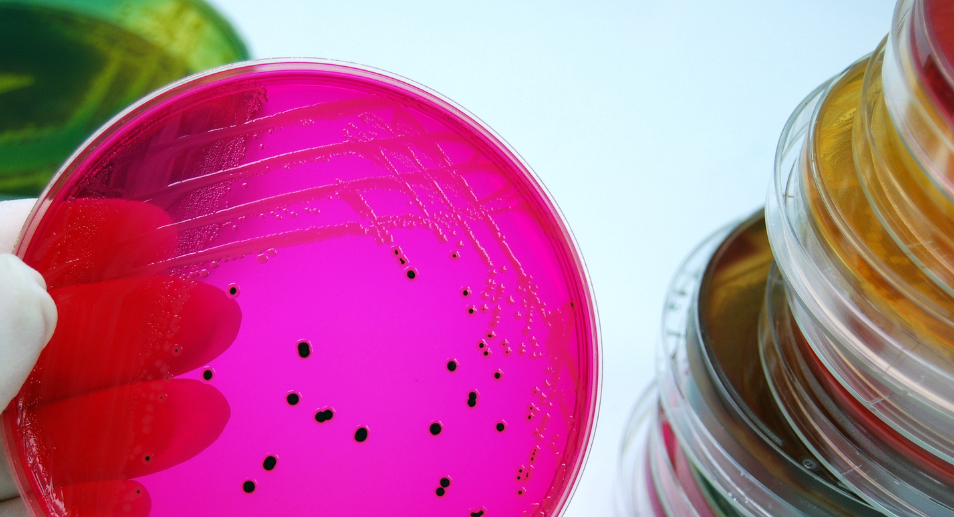Earlier in the year, we reported on the science-based government initiative to improve the health and well-being of the United States population by reducing foodborne illness in a blog titled Latest Food Safety Goals that Will Help Reduce Salmonella Infections. Recall that there has been a reduction in Salmonella prevalence in poultry, although not a reduction in illnesses. Why is this? There are two main thoughts -- 1. There are higher levels of Salmonella in poultry and 2. Salmonella species associated with poultry are more virulent to humans. We’ll touch on why addressing these approaches may do a better job of protecting public health compared to the current approach.
Reducing the Levels of Salmonella Serotypes: Traditionally, the cumbersome Most Probable Number (MPN) was used to determine levels of Salmonella in poultry. Quantitative PCR methods have recently been launched and even validated to sensitivity levels of 1 -10 cells per gram for various sample types within the poultry process. Research in this area also shows other promising solutions (i.e., digital droplet PCR and next-generation sequencing). Setting standards for levels of Salmonella throughout the poultry processing industry may be a way to divert highly contaminated products and also understand the effectiveness of interventions that reduce levels.
Reducing Highly Pathogenic Salmonella Serotypes Associated with Foodborne Illness: Based on the National Advisory Committee on Microbiological Criteria for Foods (NACMCF) report from March 2023, S. Typhimurium, monophasic Typhimurium (1:4,5,12:i:-), and S. Infantis account for 83% of human cases associated with chicken while these three plus S. Enteritidis account for most outbreaks. It is the goal of USDA to identify Salmonella most associated with illness, whether it is by common serotyping or by virulence factors. There are no formal conclusions nor final requirements (we expect them in 2024) being communicated regarding enforceable Salmonella levels or what targeted serotypes by USDA-FSIS. The NACMCF report concluded that there are too many data gaps to make this determination. There will likely be a move to quantify specific serotypes and/or determine virulence factors.
If you have any concerns or questions about Salmonella testing, we have an entire service line dedicated to the meat and poultry industy. You can count on the expertise of the Mérieux NutriSciences team. Our team of professionals is readily available to address any inquiries or needs regarding Salmonella testing. With our extensive knowledge and experience in the field, we can provide you with the necessary guidance and support to ensure the safety and quality of your poultry products. Feel free to contact us for assistance, as we are committed to helping you mitigate the risk of foodborne illnesses and protect consumers' health.
